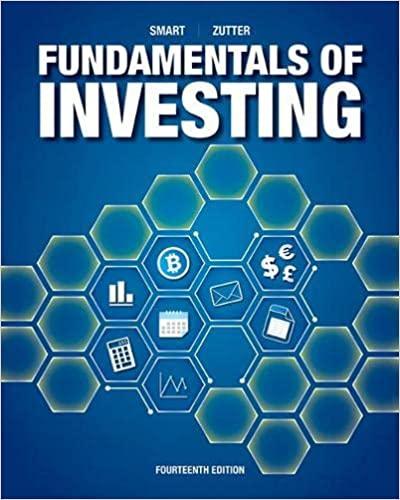

Currently LowDebt Inc. has 5% debt in its capital structure. The debt is riskless and yields an expected return of 2%. Low Debt has an equity beta of 0.9. and its the stock market expected return is 15%. Low Debt's market capitalization is currently $720 million. A junior analyst at the firm has suggested the firm recapitalizes by increasing the proportion of debt to 70% by paying a one-time special dividend and issuing debt for the amount of this dividend. She estimates that following this change the company's debt would have an expected return of 9%. It seems that she has convinced the CEO to move forward with this recapitalization. 4.a What is the debt beta, the asset beta, and the cost of capital of the company before the refinancing? 4.b What is the total value of the company before the recapitalization? What is the amount of debt issued and the dividend paid? 4.c What is the beta of the common stock after the refinancing? What is the required rate of return on the common stock after the refinancing? 4.d How has the wealth of each individual shareholder changed? Assume that the debt is privately placed, so shareholders do not buy the debt issued. 4.e Using the same assumptions as in 4.d, how has the beta of the portfolio of the holders of common stock changed as a result of the refinancing? How could the shareholders invest in the market portfolio to restore the risk of their portfolio to what it was before the refinancing? Currently LowDebt Inc. has 5% debt in its capital structure. The debt is riskless and yields an expected return of 2%. Low Debt has an equity beta of 0.9. and its the stock market expected return is 15%. Low Debt's market capitalization is currently $720 million. A junior analyst at the firm has suggested the firm recapitalizes by increasing the proportion of debt to 70% by paying a one-time special dividend and issuing debt for the amount of this dividend. She estimates that following this change the company's debt would have an expected return of 9%. It seems that she has convinced the CEO to move forward with this recapitalization. 4.a What is the debt beta, the asset beta, and the cost of capital of the company before the refinancing? 4.b What is the total value of the company before the recapitalization? What is the amount of debt issued and the dividend paid? 4.c What is the beta of the common stock after the refinancing? What is the required rate of return on the common stock after the refinancing? 4.d How has the wealth of each individual shareholder changed? Assume that the debt is privately placed, so shareholders do not buy the debt issued. 4.e Using the same assumptions as in 4.d, how has the beta of the portfolio of the holders of common stock changed as a result of the refinancing? How could the shareholders invest in the market portfolio to restore the risk of their portfolio to what it was before the refinancing








